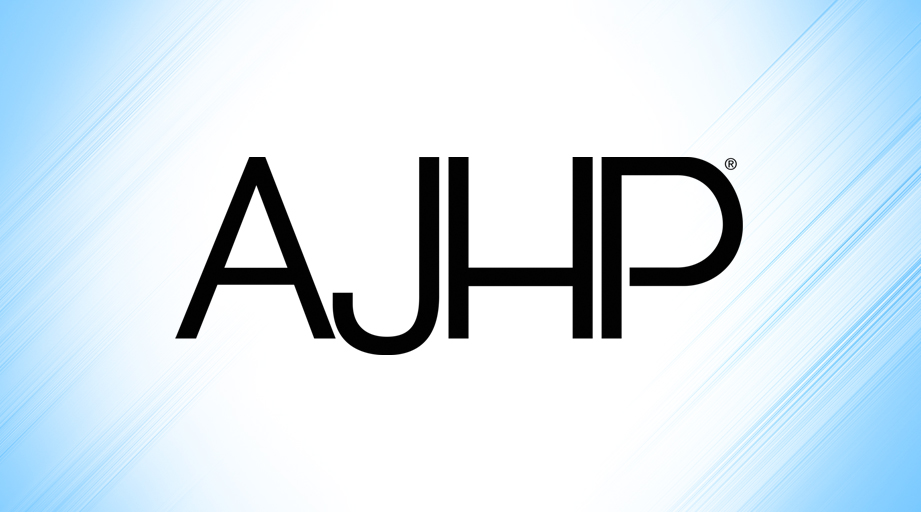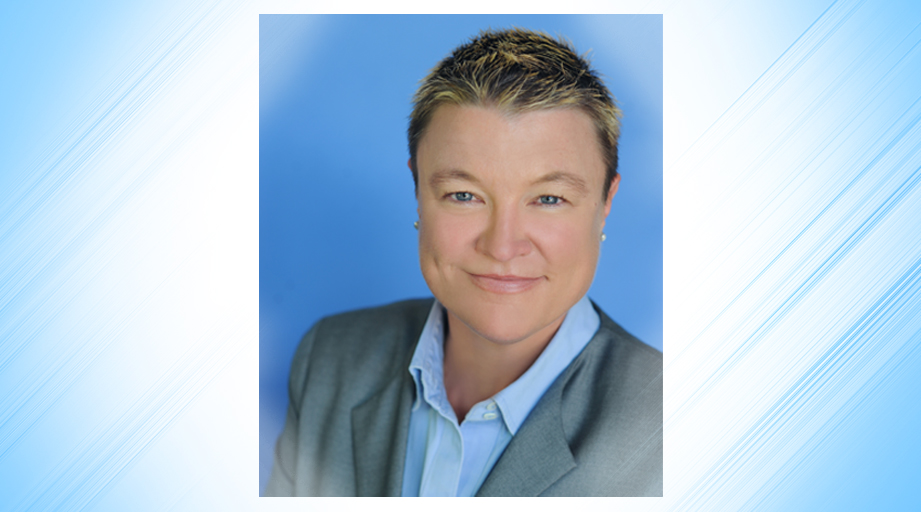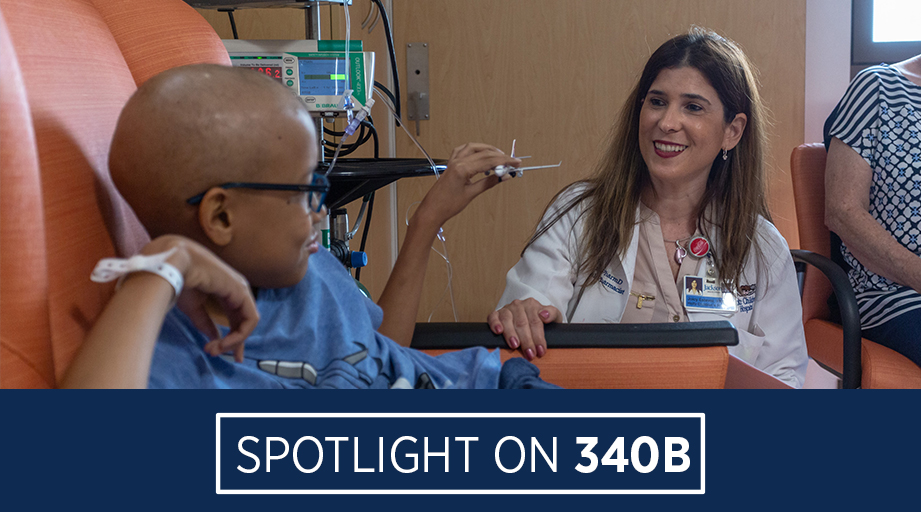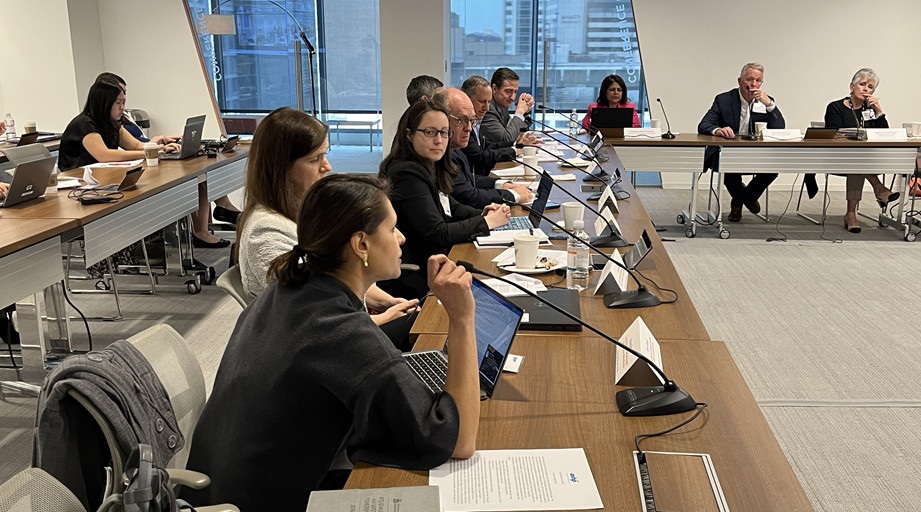
Seattle Hospital Settles in for Continued COVID-19 Cases
Washington State, home to the first confirmed COVID-19 case in the United States, offers a glimpse of what may lie ahead in areas that have not yet been strongly affected by the pandemic.
“We’ve been seeing cases for several weeks,” said Christy Weiland-Hamilton, emergency department (ED) clinical pharmacist at the University of Washington Medical Center in Seattle. “We have seen the gamut of very minor symptoms, or even people who are asymptomatic who want to be tested ... all the way to the worst-case scenario, with quick decompensation requiring respiratory support.”
Weiland-Hamilton said she didn’t expect how dramatically the pandemic would change the ED patient population.
“Our oncology population is staying home more rather than coming into the emergency department. Same with our cardiac patient population. And sometimes when they come to us, they’re much more ill now because they waited longer,” she said.
She also didn’t expect the emotional cost of pandemic for herself and her family, including her young child.
“Do I come home every night and expose my family?” she asked. “Or do I isolate myself from them?”
That concern became urgent last week, when Weiland-Hamilton began feeling unwell and stayed home, fearing she had COVID-19. Her test result came back negative a few days later.
Her advice to pharmacists elsewhere is to reach out and learn from colleagues at hospitals like hers.
“Don’t reinvent the wheel if you don’t need to,” she said.
Washington’s case count has been eclipsed by newer epicenters of disease, including New York, New Jersey, Illinois, Florida, and Louisiana. But infection numbers continue to grow in Washington, straining hospital capacity.
“I do not think our cases have stabilized,” Weiland-Hamilton said.
But there is stability, built from experience, in how the medical center operates in the face of the pandemic.
“At the beginning of this, it felt like we were creating policies and procedures almost on a daily basis as situations unfolded,” Weiland-Hamilton said.
In the weeks since the hospital saw its first case, she said, just about everything that can happen in the ED has happened. So there are solid procedures in place that bring some predictability to the healthcare team’s days.
She said the medical center has three areas of focus: continuing to care for patients, protecting the staff, and preserving personal protective equipment (PPE).
“The pharmacy has made a lot of changes on the inpatient side to preserve PPE,” Weiland-Hamilton said. “We’ve had several of our technicians move from working in the IV room to the main pharmacy.” She added that the compounding area has also reduced the frequency of gloved fingertip sampling to help conserve PPE.
Other changes include having medications delivered directly to patients in the ED who may have COVID-19 but don’t require admission.
“This way, they can go directly to their car and ... isolate themselves — and not go over to an outpatient pharmacy,” she said.
Also in the ED, medications for rapid sequence intubation are kept in disposable plastic bags instead of reusable bins. And the department is using metered-dose inhalers for albuterol and ipratropium when possible, instead of nebulizers, to reduce the risk of airborne viral transmission.
She said an algorithm, developed by the ED pharmacy team, was created to limit the unnecessary use of ipratropium MDIs and conserve the devices.
Weiland-Hamilton noted that the ED’s supply of albuterol MDIs has been adequate so far, but she expects that to change as national demand for the devices grows.
“I think we’re all going to have to make really hard decisions on how we alleviate that shortage — whether that’s common canister use or moving to nebulizers and utilizing airborne precautions,” she said.
One thing that hasn’t changed in the ED is that pharmacists still respond as usual to code events.
“Many times, our patients tend to decompensate in the moment. And so we are already at bedside during resuscitations. So since we’re already in PPE and at the bedside, it doesn’t make sense at that point to remove ourselves just because we’ve moved on to a code,” she said.
Elsewhere in the hospital, pharmacists respond to codes but remain outside the patient’s room while preparing medications and send them in as needed.
Another big change is that student pharmacists are no longer onsite for clinical rotations. Weiland-Hamilton said this decreases the students’ risk of exposure and allows staff pharmacists to concentrate on new roles and tasks that they’ve taken on to respond to the pandemic.
Weiland-Hamilton said this is a tough time to be a clinician on the front lines.
“It’s scary,” she said. “None of us have ever experienced healthcare like this before.”
She said UW Medical Center has developed a robust and easily accessible platform for conveying information about the COVID-19 response to staff members.
“They’ve done a lot of things to ease our concerns and listen to us. In the emergency room, we had an epidemiologist there many hours of the day just for situations we didn’t anticipate. When new situations came up, pharmacy managers networked with me really quickly to make changes that I felt were needed,” she said.
As a result, she said, “I felt like I had some control over the situation — whether I did or not.”
She noted that palliative care specialists were recently added to the ED team.
“I think they’re there because someone asked the hard questions and ethical considerations so we can be prepared,” she said.
For more information and free tools regarding the pandemic, including a recently released Assessment of Evidence for COVID-19-Related Treatments, visit ASHP’s COVID-19 Resource Center and the new COVID-19 Community at ASHP Connect.









